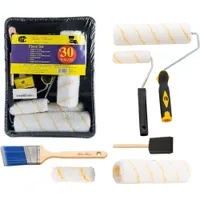Can you paint over new plaster? These are the steps you must follow for a flawless finish
Painting over new plaster as soon as it's dry is tempting, but some preparation is a must before you pick up your paintbrush

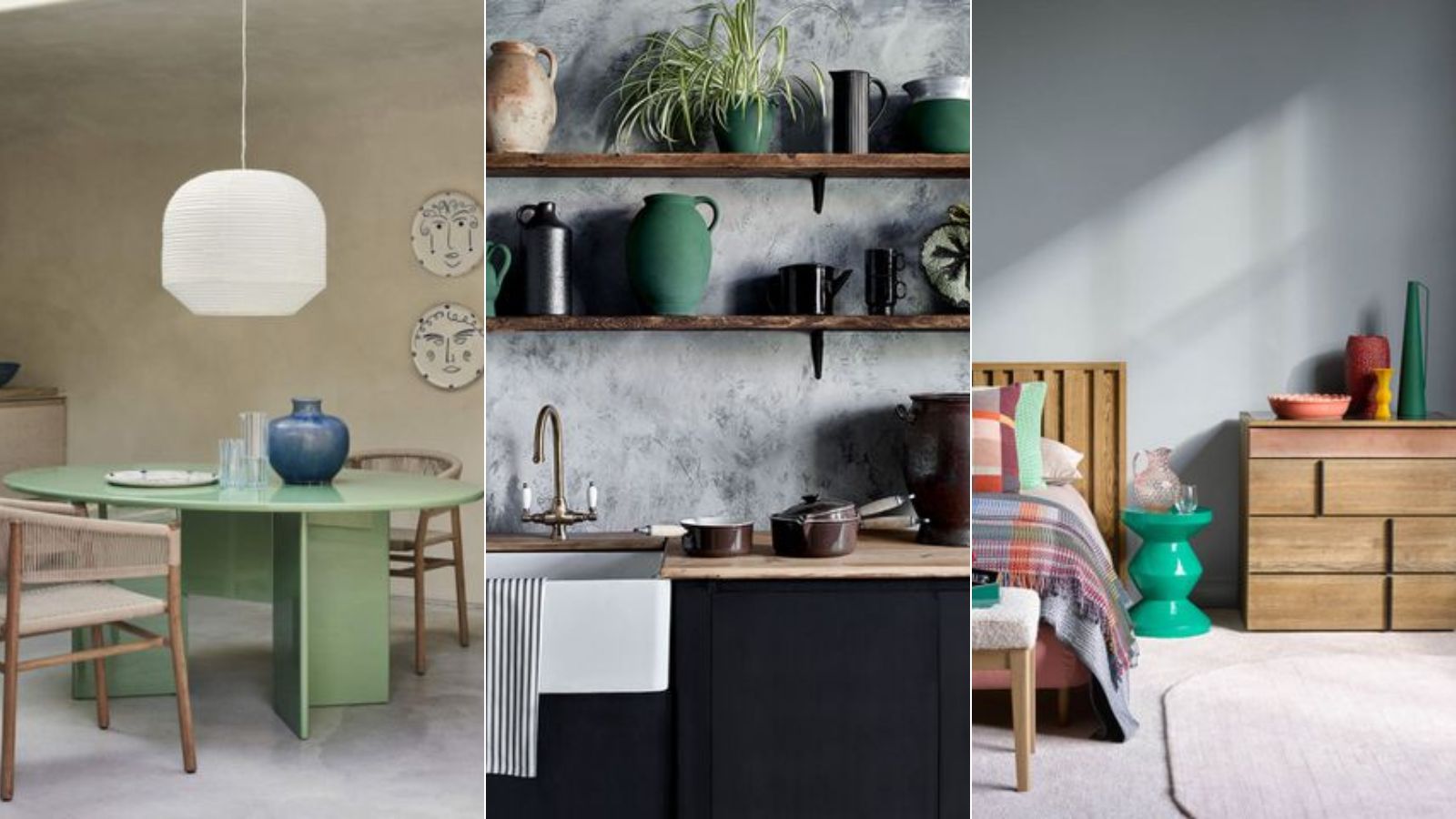
At first glance, a newly plastered wall, with its smooth and inviting surface, can seem like the perfect canvas for your paintbrush. But painting directly onto fresh plaster isn't as straightforward as it seems.
Unsurprisingly, it's not as simple as just coating your new walls with your chosen paint colors. There are steps you should take to ensure a perfect, long-lasting finish when painting a wall that has recently been plastered.
Below, we'll walk you through six important steps to take to ensure that your newly plastered walls are prepped and ready for a fresh coat of paint.
Can you paint over new plaster?
Yes, it is possible to paint over new plaster. However, there are a few factors that you need to consider before doing so. Painting plaster is a process that requires attention to detail and a bit of patience. If you don't approach this task in the right way, you might end up with a finish that's less than ideal.
These are the steps involved in painting over new plaster successfully.
1. Allow sufficient drying time

New plaster needs time to dry or cure properly. It's not just about the surface feeling dry to the touch; it's about the moisture evaporating from the plaster all the way through.
'Make sure the plaster is fully cured before painting. We recommend not painting for at least 30 days,' says Paige NeJame, owner of CertaPro Painters. 'However, this timing can depend on the type of plaster and the conditions in the room. Waiting until the plaster has cured can help prevent cracking and peeling paint and ensure proper adhesion.'
Design expertise in your inbox – from inspiring decorating ideas and beautiful celebrity homes to practical gardening advice and shopping round-ups.
If you are unsure whether the plaster is completely dry, it is always better to wait a few extra days to avoid any issues with the paint adhering properly. When you can, leave a window open to help ventilate the room, as this will speed up the drying process.
2. Clean and sand the plaster
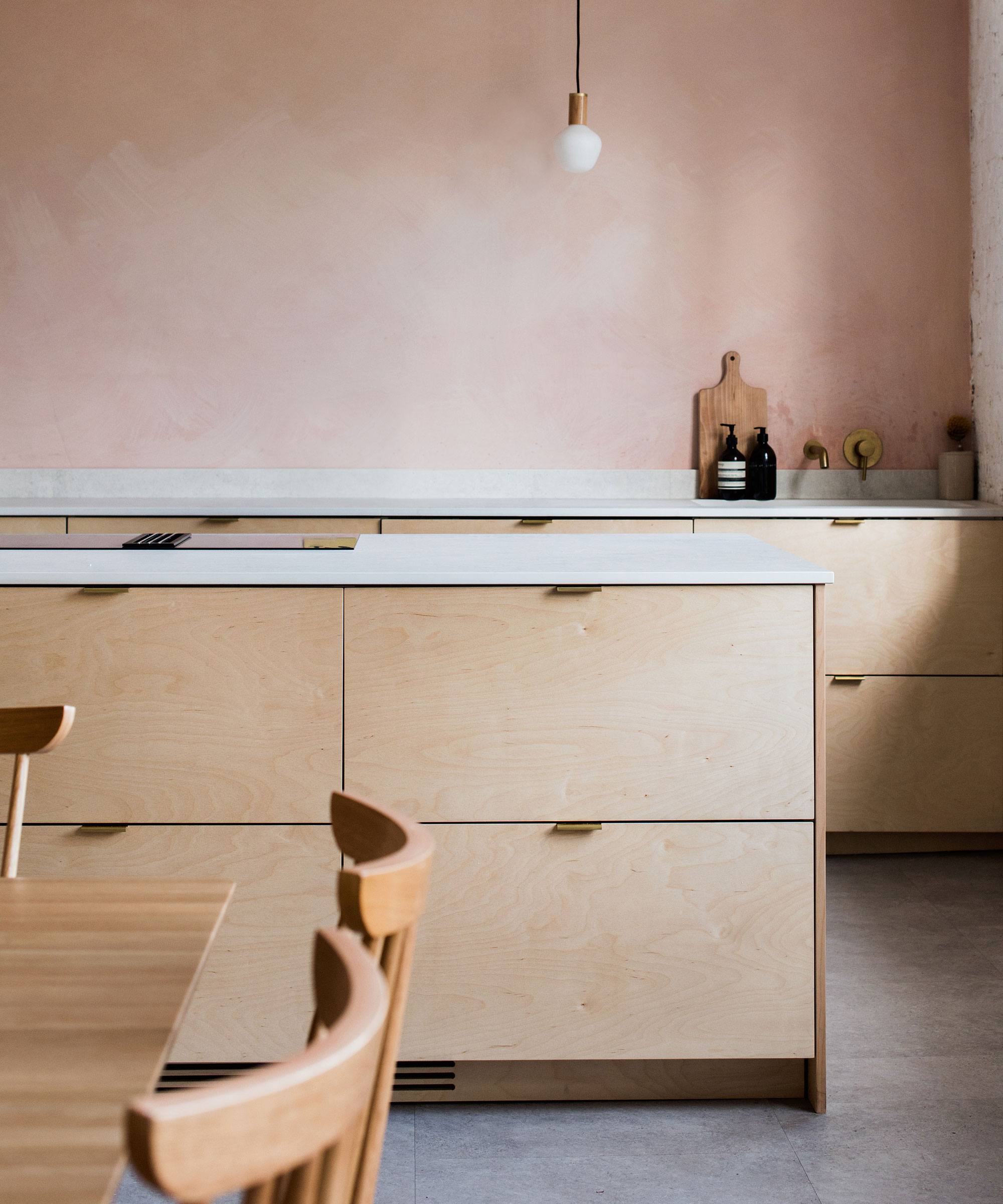
'Before painting, clean the plaster surface to remove any dust, dirt, or debris. Use a soft brush or a vacuum cleaner with a brush attachment to gently remove loose particles,' recommends Shlomo Cherniak, owner of Cherniak Handyman Services. 'Wipe the surface with a damp cloth to ensure it is clean and free from residue.'
You can lightly sand the surface with fine-grit sandpaper, such as these from Amazon, before wiping it with a damp cloth.
3. Seal and prime the plaster
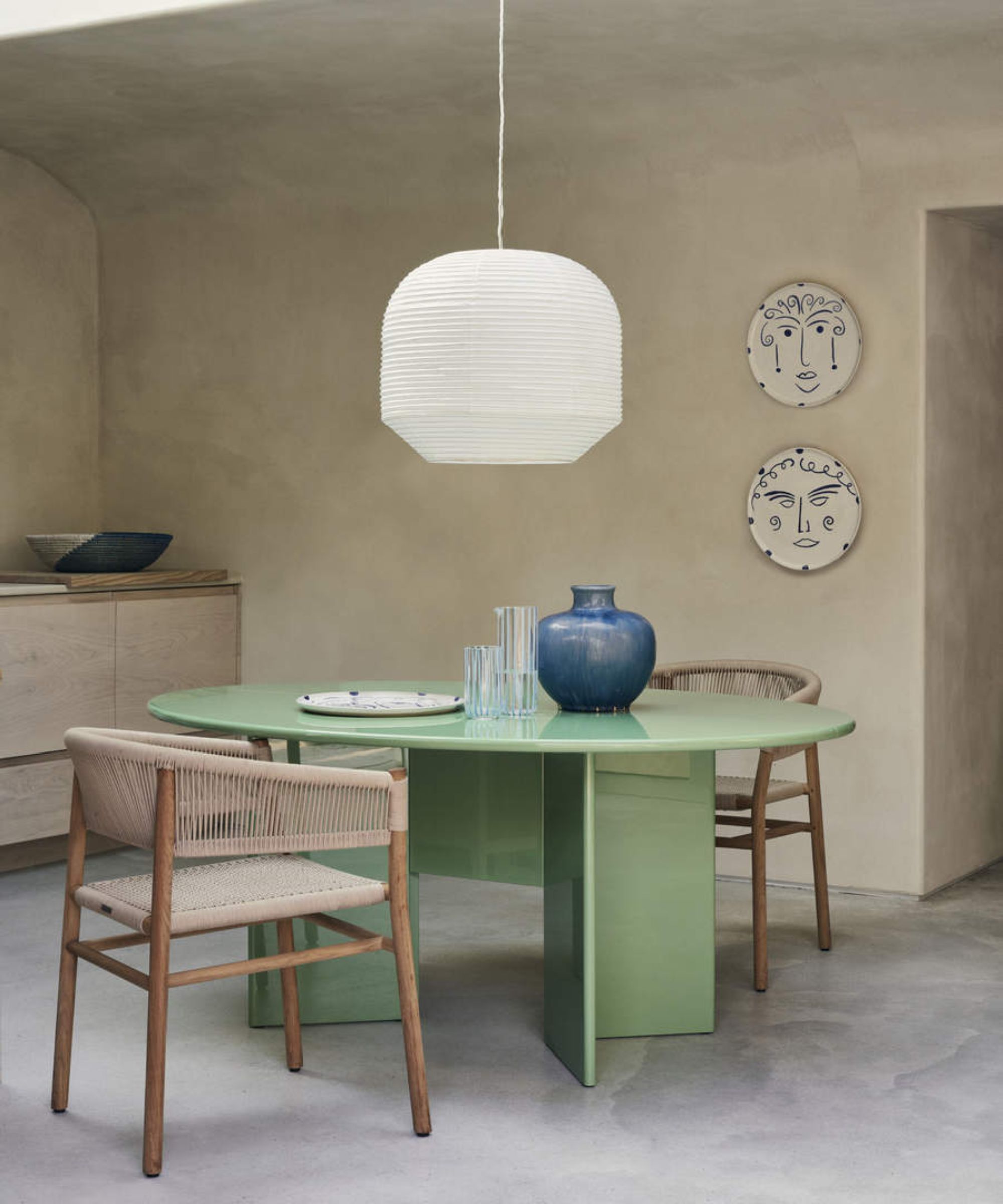
'Before you paint, you must apply an even primer made specifically for freshly applied (and cured) plaster,' explains Paige NeJame. 'This not only helps the paint adhere better but also prevents it from being unevenly absorbed by the porous surface.
'Most major paint brands (Sherwin Williams, Benjamin Moore etc.) have primers that work with new plaster. Be sure to read the manufacturer’s label to ensure the primer will work on “new plaster.”
Bates 11 Piece Home Painting Supplies | $15.99 from Amazon
Use a brush or roller to apply the primer evenly. We like this handy painting set from Amazon because it contains everything you need for the job.
4. Fill any imperfections
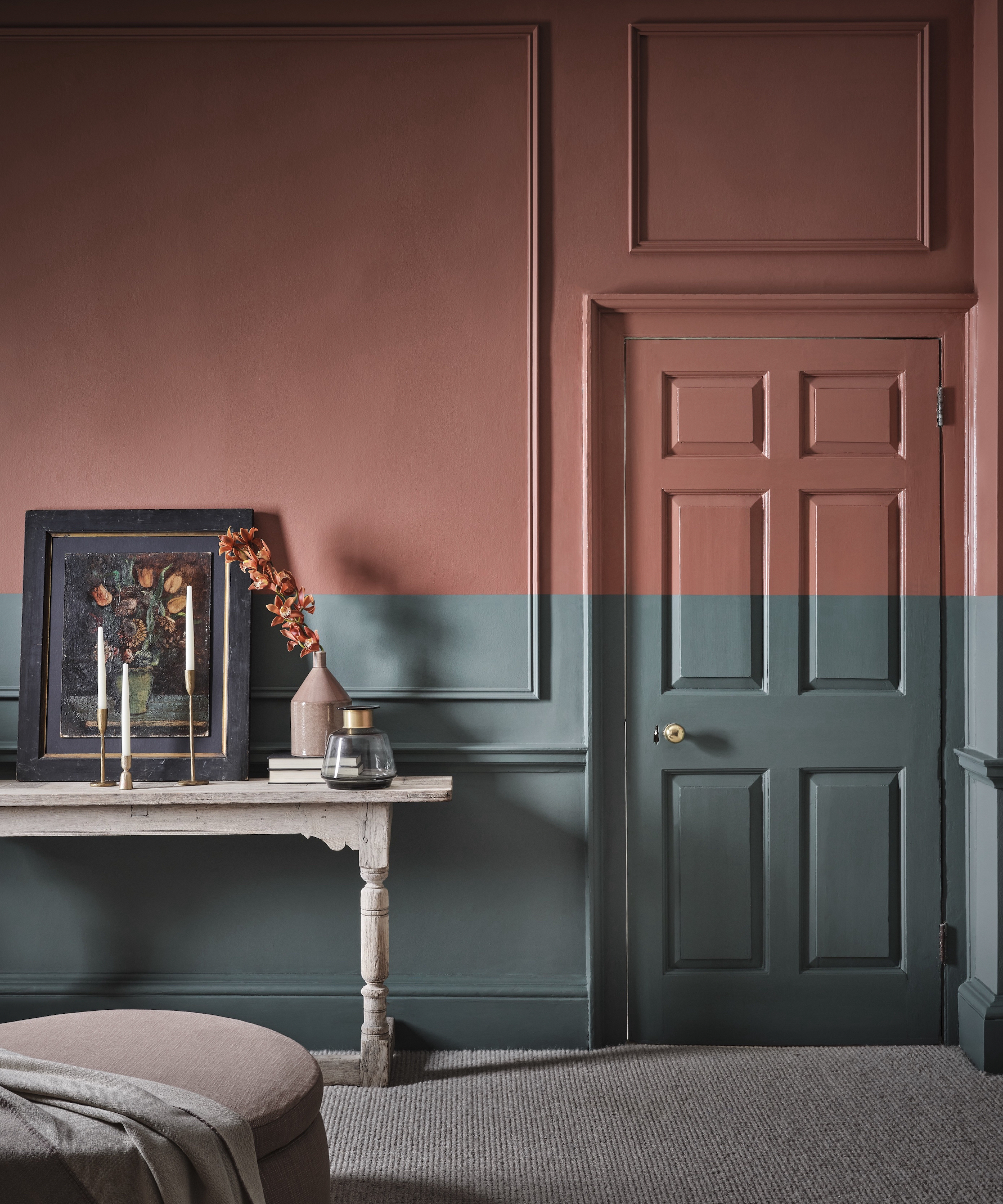
'Inspect the plaster surface for any cracks, holes, or imperfections,' advises Shlomo Cherniak, professional handyman. 'Use a suitable filler, such as spackling compound or joint compound, to fix cracks in plaster walls and fill these areas.
Smooth the filler with a putty knife and allow it to dry, then sand the filled areas with fine-grit sandpaper to create a seamless surface. This will create a smooth, even base for painting. You can find this wall spackle with scraper at Amazon.
5. Apply a mist coat

When painting over new plaster, it's always a good idea to use the paint trick of applying a mist coat.
'A mist coat is a watered-down emulsion specifically designed for new plaster,' explains Angela Wang, home expert and owner of We Buy Houses 7. 'It's the first layer of paint you apply, and it's meant to soak into the plaster rather than sit on the surface. This helps the topcoat of paint adhere better and gives you a more even finish.
'To make a mist coat, you can mix water with a standard emulsion paint. The typical ratio is 60% paint to 40% water, but it's a good idea to check the paint manufacturer's recommendations, as this can vary.'
You should leave the mist coat to dry for 24 hours. A good way of knowing if it has worked is to use masking tape. If your tape peels off the wall without removing any of the mist coat, you can begin the next step.
When it comes to the top coat, consider matte or flat finishes for plaster walls – they're not just trendy but also adept at concealing imperfections. Additionally, light-colored paints can help minimize imperfections in the plaster. They provide a more forgiving finish compared to dark or bold colors, which can highlight any flaws.
6. Finish and protect
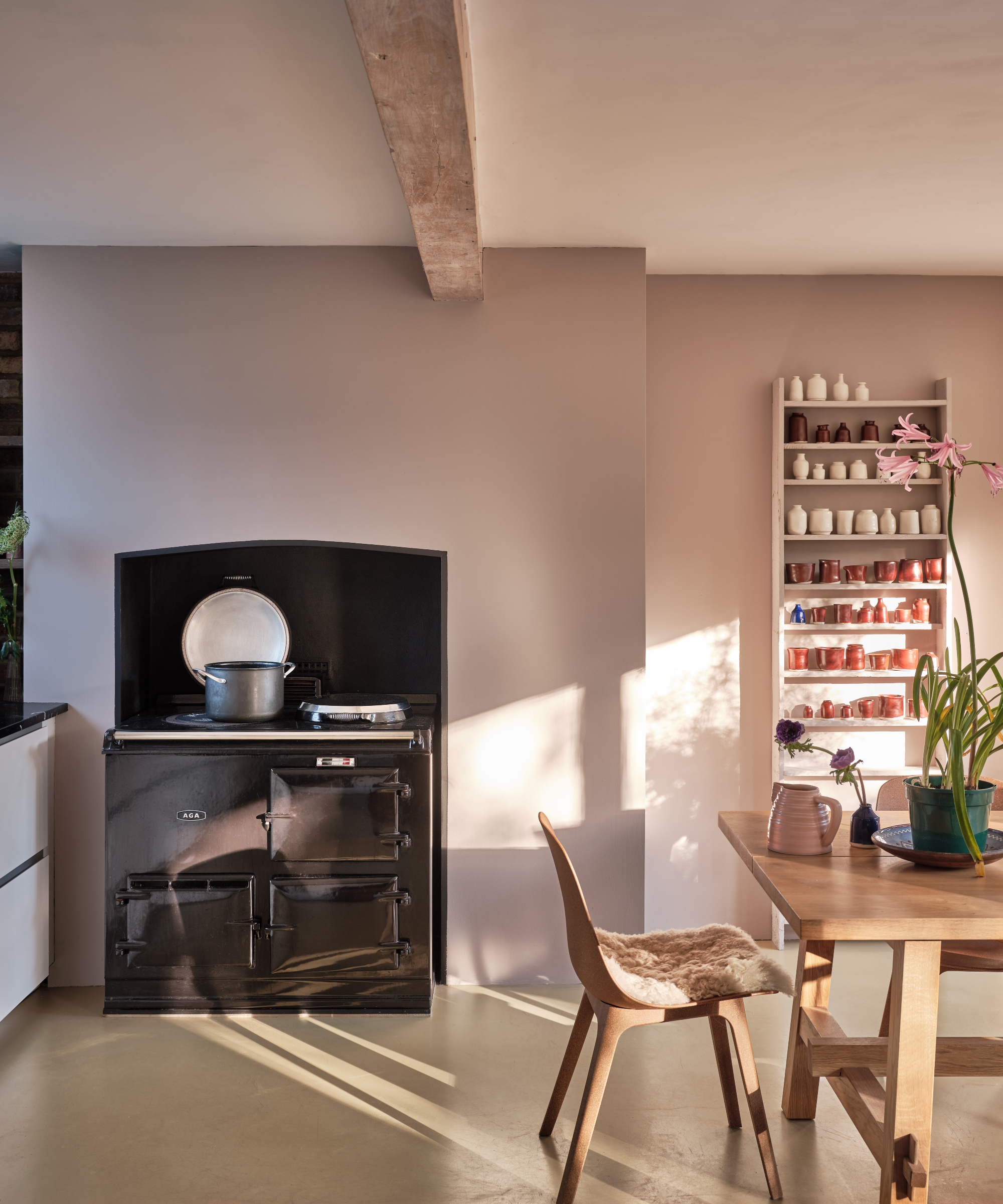
'After the paint has dried, you can consider applying a clear topcoat or sealer to protect the painted surface and enhance its durability,' advises Shlomo Cherniak, professional handyman. 'This step is optional but can help prolong the life of the paint finish.'
FAQs
How do you paint over plaster?
'Use a brush or roller to apply the paint in even strokes, working from top to bottom. Apply additional coats as needed, allowing each coat to dry before applying the next,' says Shlomo Cherniak, owner of Cherniak Handyman Services. 'Instead of applying one thick layer, opt for multiple thin coats. This approach helps to reduce the risk of cracking or bubbling, and promotes an even finish.'
Top tip: Prior to painting the entire surface, test a small area with the chosen paint to ensure it adheres well and provides the desired finish. This allows you to make any necessary adjustments before proceeding.
Painting over new plaster takes more time and care than painting a regular wall. It's important to let each coat dry fully before you move on to the next step. Rushing the process or using undiluted paint can lead to problems like a patchy finish or paint that starts peeling off.
Remember, moisture can hinder the drying process and cause issues such as poor adhesion or mold growth, so ensure the room is properly ventilated during and after painting to allow adequate drying time. You can use a dehumidifier to control humidity levels in the room with plaster.

Lola Houlton is a news writer for Homes & Gardens. She has been writing content for Future PLC for the past six years, in particular Homes & Gardens, Real Homes and GardeningEtc. She writes on a broad range of subjects, including practical household advice, recipe articles, and product reviews, working closely with experts in their fields to cover everything from heating to home organization through to house plants. Lola is a graduate, who completed her degree in Psychology at the University of Sussex. She has also spent some time working at the BBC.
